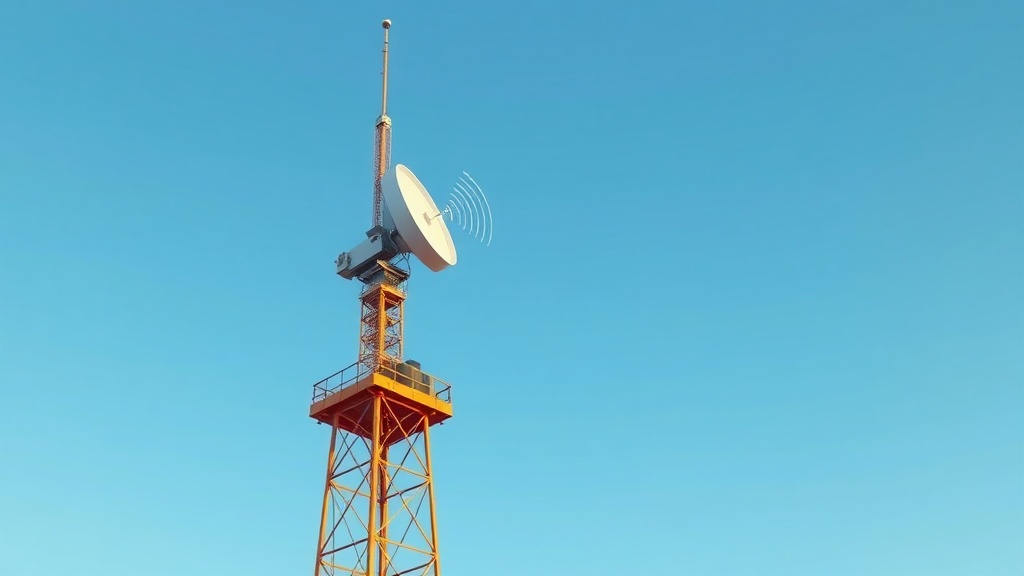Home / Business and Economy / Sirius XM's Satellite Radio Dominance: A Closer Look
Sirius XM's Satellite Radio Dominance: A Closer Look
11 Nov
Summary
- Sirius XM generates $9 billion in annual revenue and $1.2 billion in free cash flow
- Company's moat built on licensed frequencies, receiver integration, and statutory licensing rules
- Customers pay in advance, creating $2 billion in deferred revenue

As of November 11, 2025, Sirius XM, the satellite radio company, has emerged as a dominant player in the industry. The company beams hundreds of channels of music, talk, and sports from satellites covering the entire U.S. and parts of Canada. While the service may seem old-fashioned, the underlying business model is remarkably modern.
Sirius XM currently has just over 33 million subscribers who pay between $15 and $20 per month. This translates to roughly $9 billion in annual revenue and about $1.2 billion in free cash flow, on a market value of around $7.5 billion. The company's moat is shaped by American spectrum policy and the car market, where nearly every vehicle leaves the factory with Sirius-compatible hardware. This hardware integration, along with the company's licensed frequencies and statutory licensing rules, creates a finely tuned monopoly within the U.S. regulatory and automotive ecosystem.
Furthermore, Sirius XM benefits from its customers paying in advance, creating more than $2 billion in deferred revenue cash that the company can use interest-free. With most of its satellite investments already behind it and no major launches expected until at least 2027, the company's capital spending is expected to ease further, increasing its per-subscriber cash flow.




